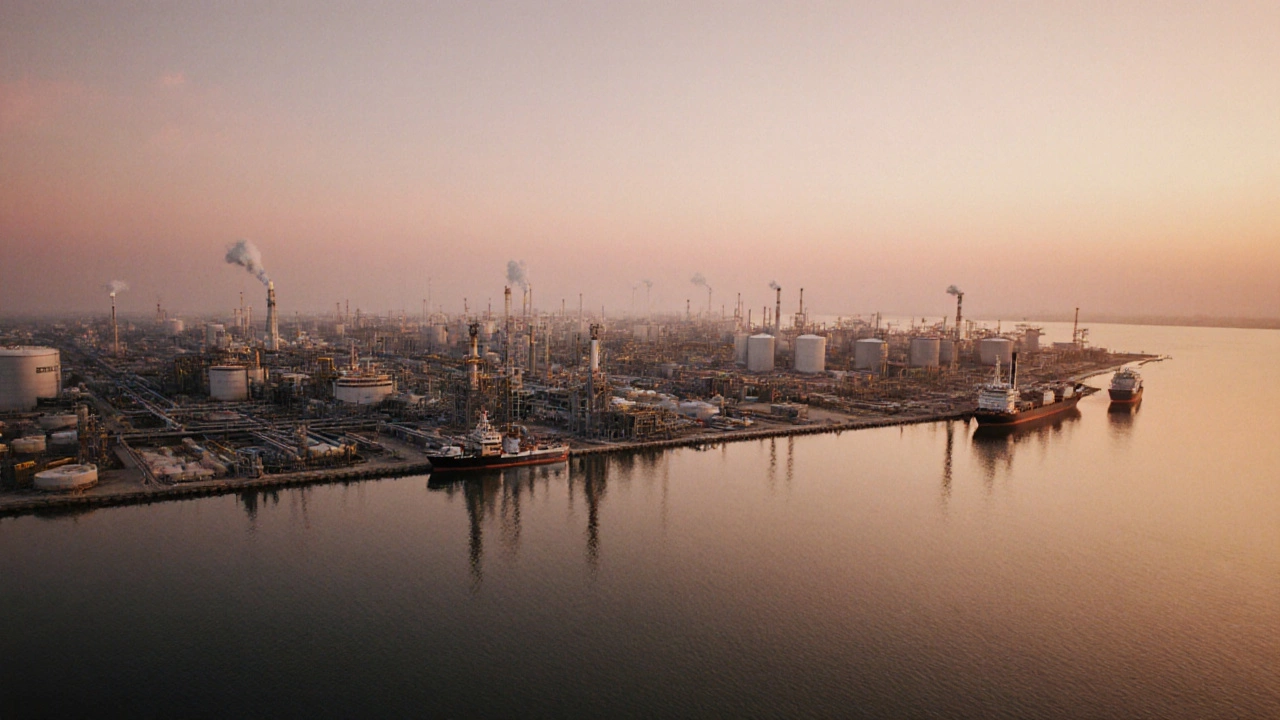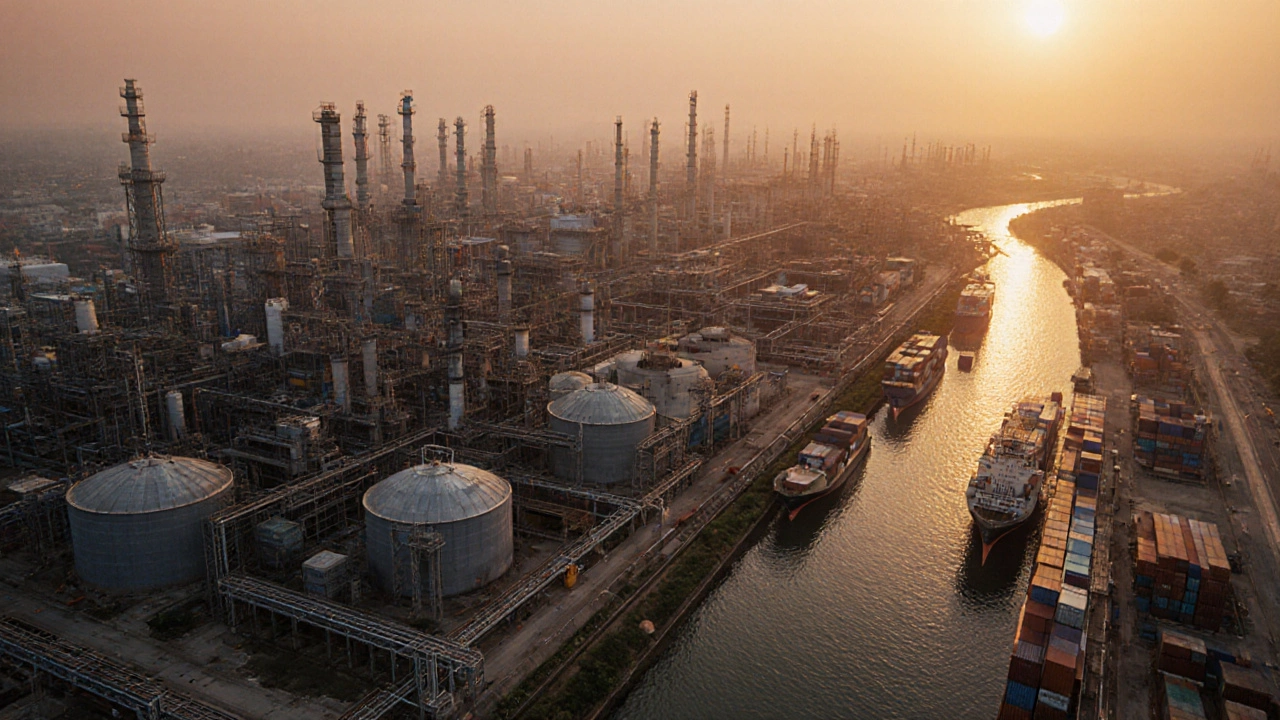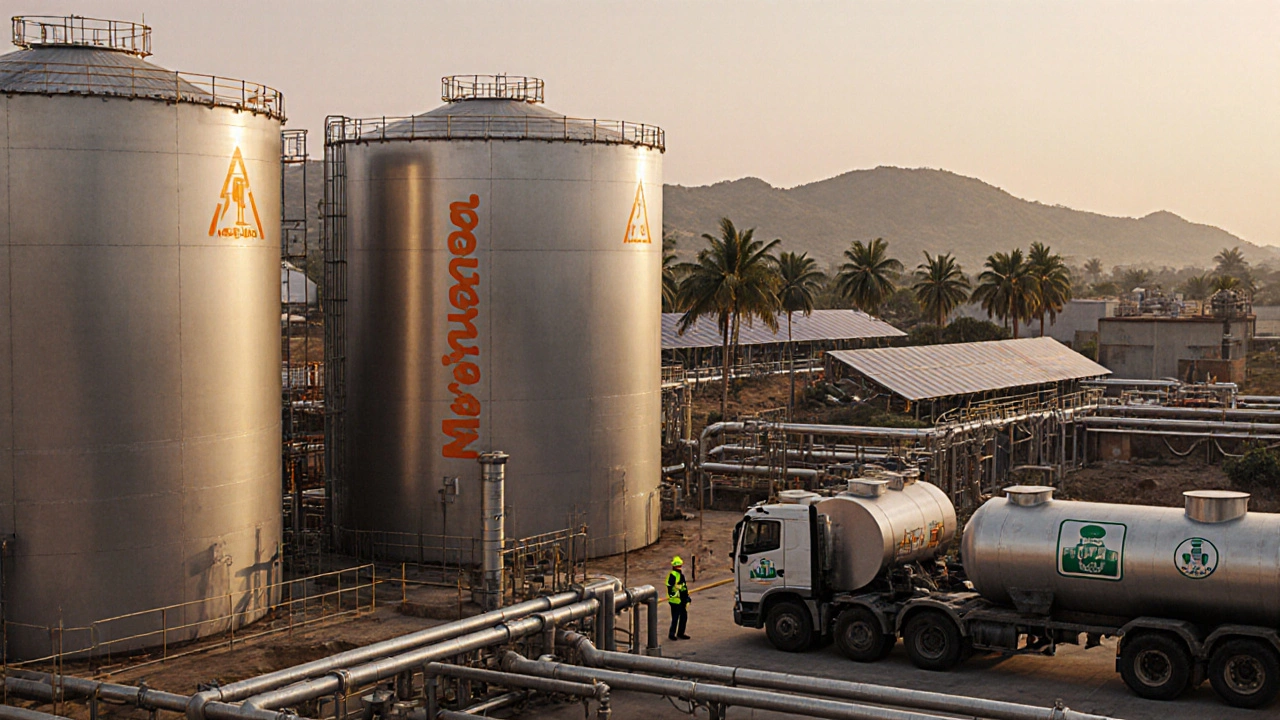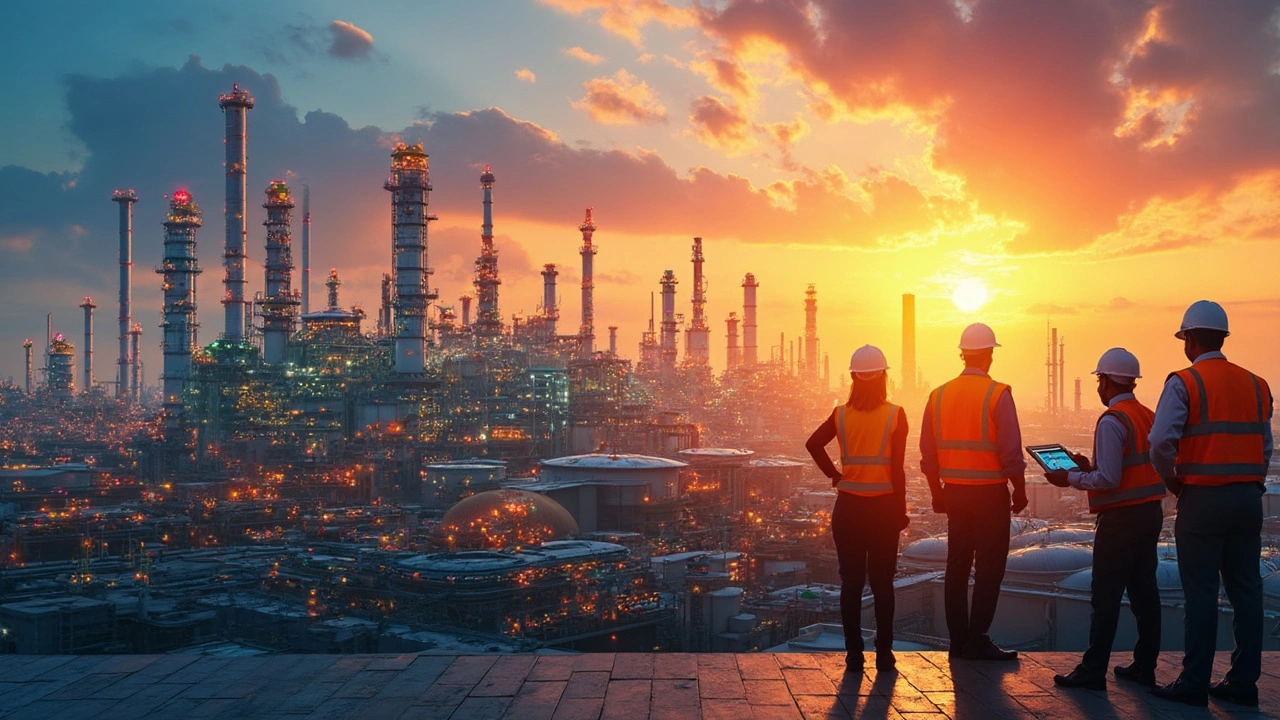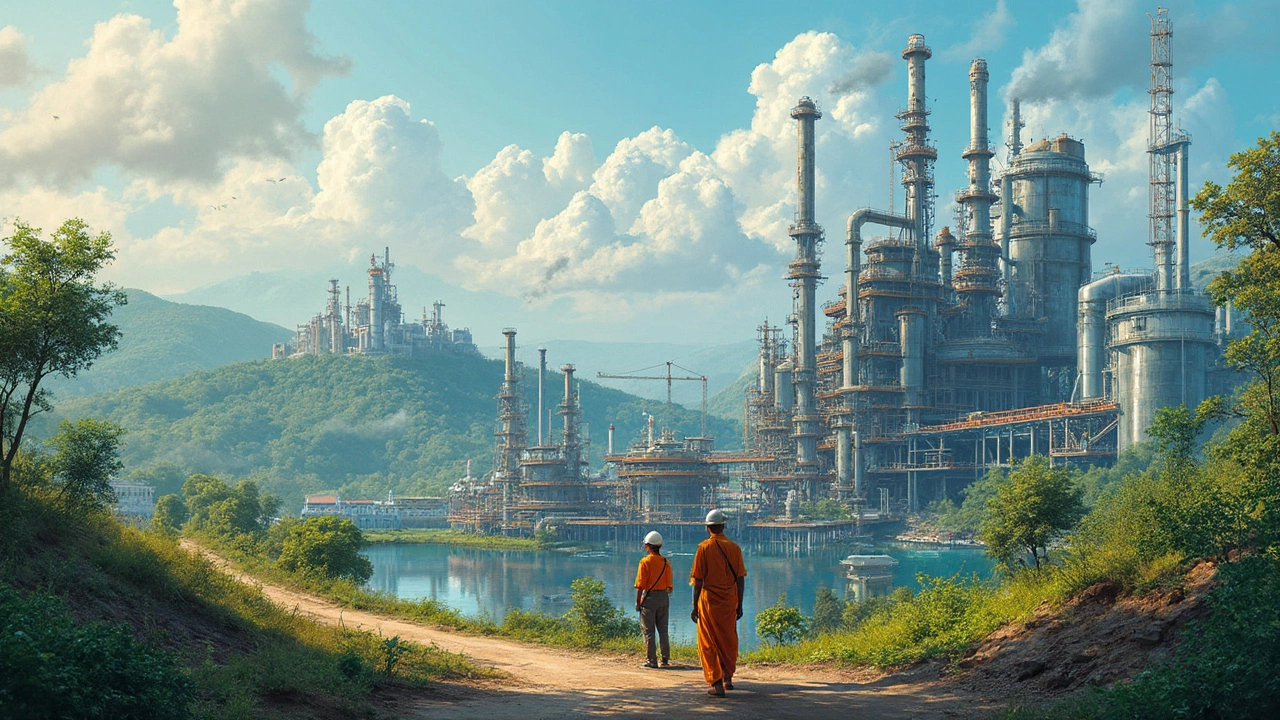Chemical Manufacturers in India – Who’s Making What and Why It Matters
India’s chemical sector is huge – it tops $130 billion in annual turnover and supplies everything from fertilizers to plastic resins. If you need a raw material, a specialty additive, or a pharma‑grade intermediate, chances are an Indian firm makes it. The industry’s growth is fueled by cheap labor, abundant raw materials, and a big domestic market that wants affordable products.
Major Chemical Hubs in India
Most of the action happens in Gujarat, Tamil Nadu, and Maharashtra. Gujarat’s petrochemical parks host giants like Reliance and Indian Oil, thanks to easy access to crude and a strong logistics network. Tamil Nadu’s coastal location makes it a favorite for pharma‑related chemicals, with many plants near Chennai’s port. Maharashtra, especially around Mumbai and Nagpur, focuses on specialty chemicals and dyes, leveraging the state’s strong R&D ecosystem.
West Bengal and Punjab also play a role, mainly in basic chemicals and fertilizers. These regions benefit from good rail connections and lower land costs, which help smaller manufacturers stay competitive.
Key Players and What They Produce
Reliance Industries leads the pack with a massive petrochemical complex that churns out polymers, polyols, and aromatics. Tata Chemicals is known for soda ash, salt, and specialty nutrients used in agriculture. UPL focuses on agrochemicals – think pesticides, herbicides, and seed treatments. Aarti Industries and Deepak Nitrite specialize in fine and specialty chemicals used in drug formulation and electronics.
Many of these companies have set up joint ventures with global firms, giving them access to advanced technology and export markets. For example, the partnership between Indian Oil and Saudi Aramco brings ultra‑low‑sulfur diesel to the local market while boosting export potential.
If you’re looking to source chemicals, pay attention to certifications. US FDA, EU GMP, and BIS approvals are common checkpoints for pharma‑grade products. Companies that hold these credentials usually have stricter quality controls and can ship to high‑value markets without extra paperwork.
Export numbers are on the rise – in 2023, India shipped over 30 million metric tons of chemicals, with the EU and US as top destinations. This growth is driven by competitive pricing, reliable supply chains, and a push for greener production methods. Many manufacturers are now investing in renewable energy and waste‑to‑value projects to meet global sustainability standards.
Looking ahead, the sector will likely focus on specialty chemicals, bio‑based solutions, and digital manufacturing. AI‑driven process control and predictive maintenance are already cutting downtime in large plants. For new entrants, partnering with an established Indian manufacturer can fast‑track market entry, especially if you need local expertise on regulatory compliance and logistics.
Bottom line: India’s chemical manufacturers offer a mix of scale, cost advantage, and growing technical capability. Whether you’re a buyer, investor, or partner, the country’s diverse ecosystem – from big petrochemical complexes to nimble specialty firms – gives you plenty of options to meet your needs.

Which City in India Is Famous for Chemical Industry? Top Chemical Manufacturing Hub Explained
Gujarat, especially Dahej and Jamnagar, is India's top chemical manufacturing hub, home to Reliance Industries and over 40% of the country's chemical output. Learn why this region dominates chemical production and exports.

Why India's Chemical Sector Is Booming in 2025
Explore why India's chemical sector is booming in 2025, covering policy incentives, demand drivers, key sub‑sectors, regional hubs, challenges, and investment outlook.

Top High‑Demand Chemicals for Indian Manufacturers in 2025
Discover the top chemicals driving India's manufacturing boom in 2025, why they matter, and how producers can capture the demand.

Indian Chemical Industry Size: How Big Is It Really?
Want to know how big the Indian chemical industry is? This article breaks down its actual size, growth rate, and global impact. Get real numbers, see which segments matter most, and find smart tips for businesses and job-seekers. Understand why chemical manufacturers in India are making global waves right now.

India's Rank in Global Chemical Production: A Deep Dive
India has emerged as a significant player in the global chemical industry, ranking among the top producers worldwide. With a focus on innovation and sustainability, the Indian chemical sector continues to grow rapidly. Understanding India's ranking helps showcase its strengths and opportunities in global markets. From petrochemicals to specialty chemicals, the industry is diverse and expansive. Learn about India's position in chemical production and what it means for the future.
